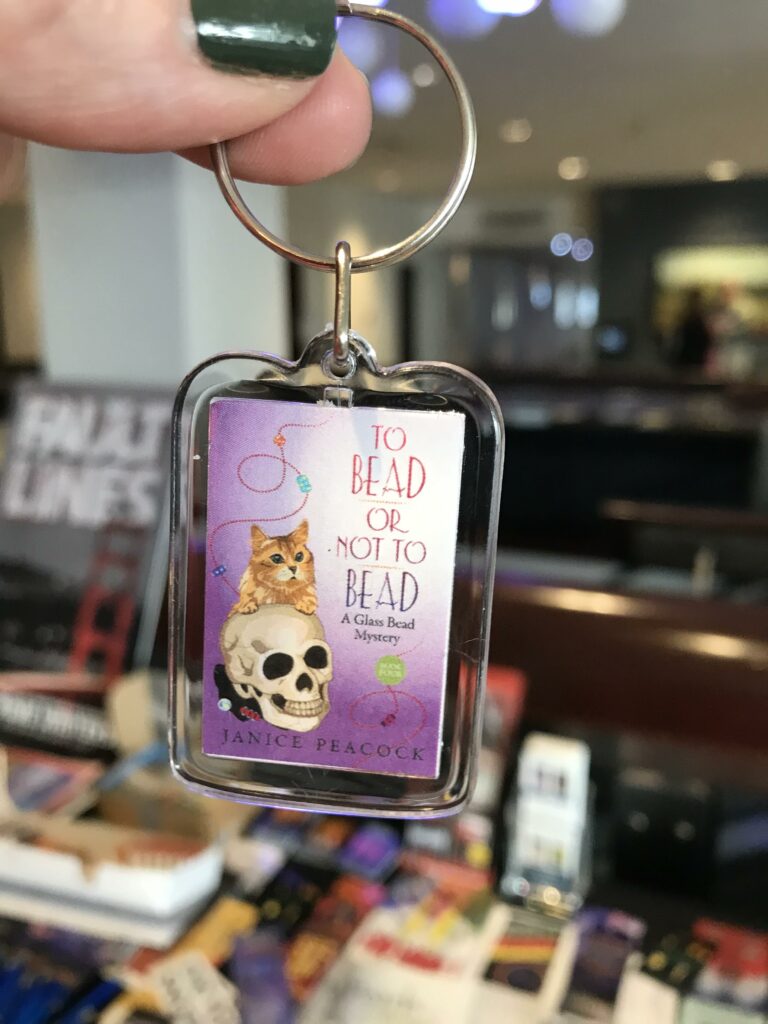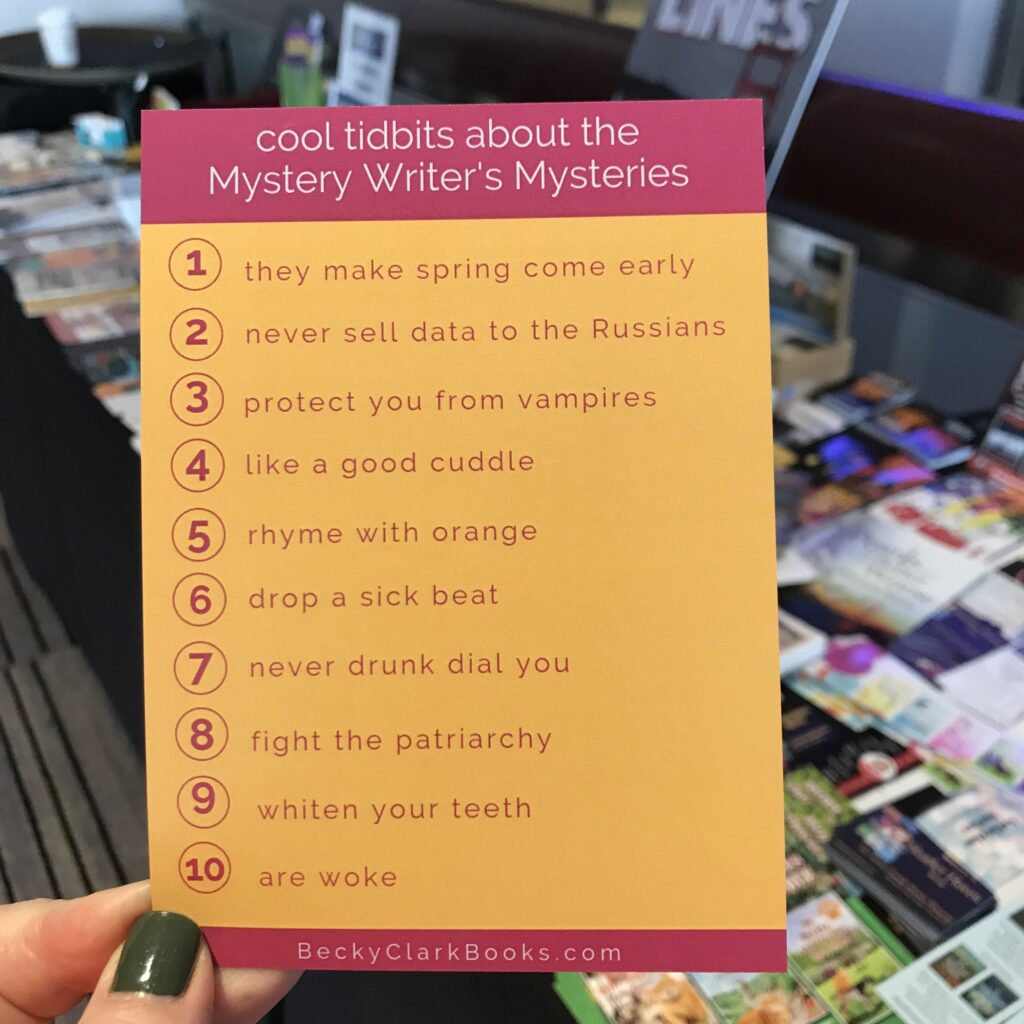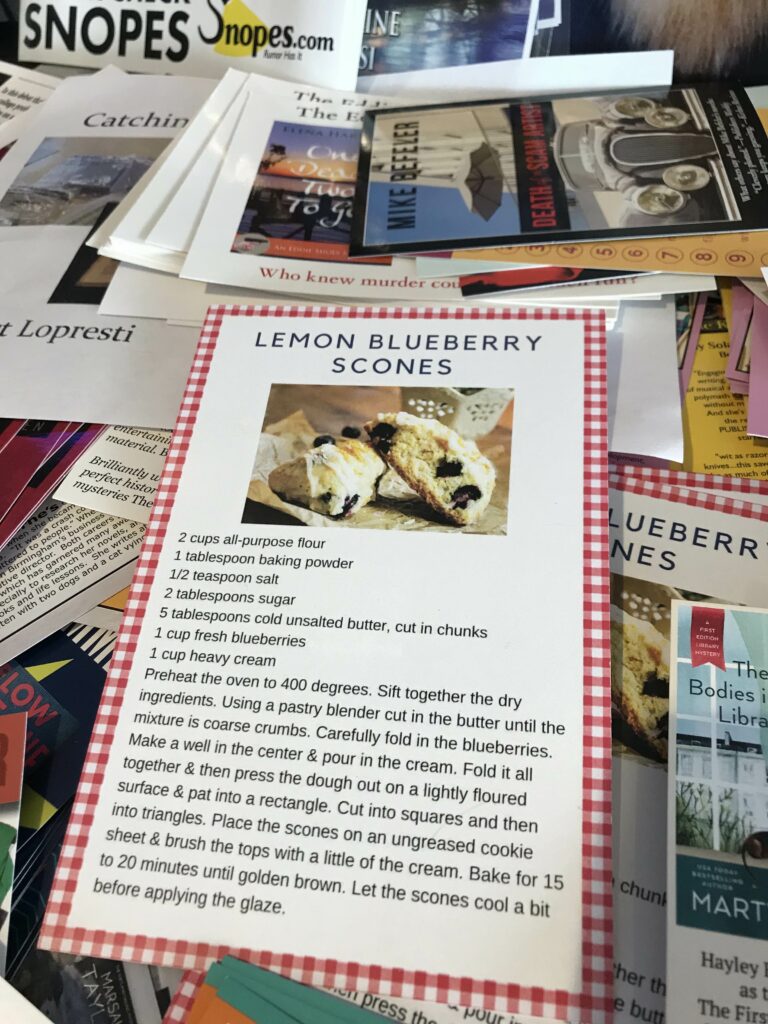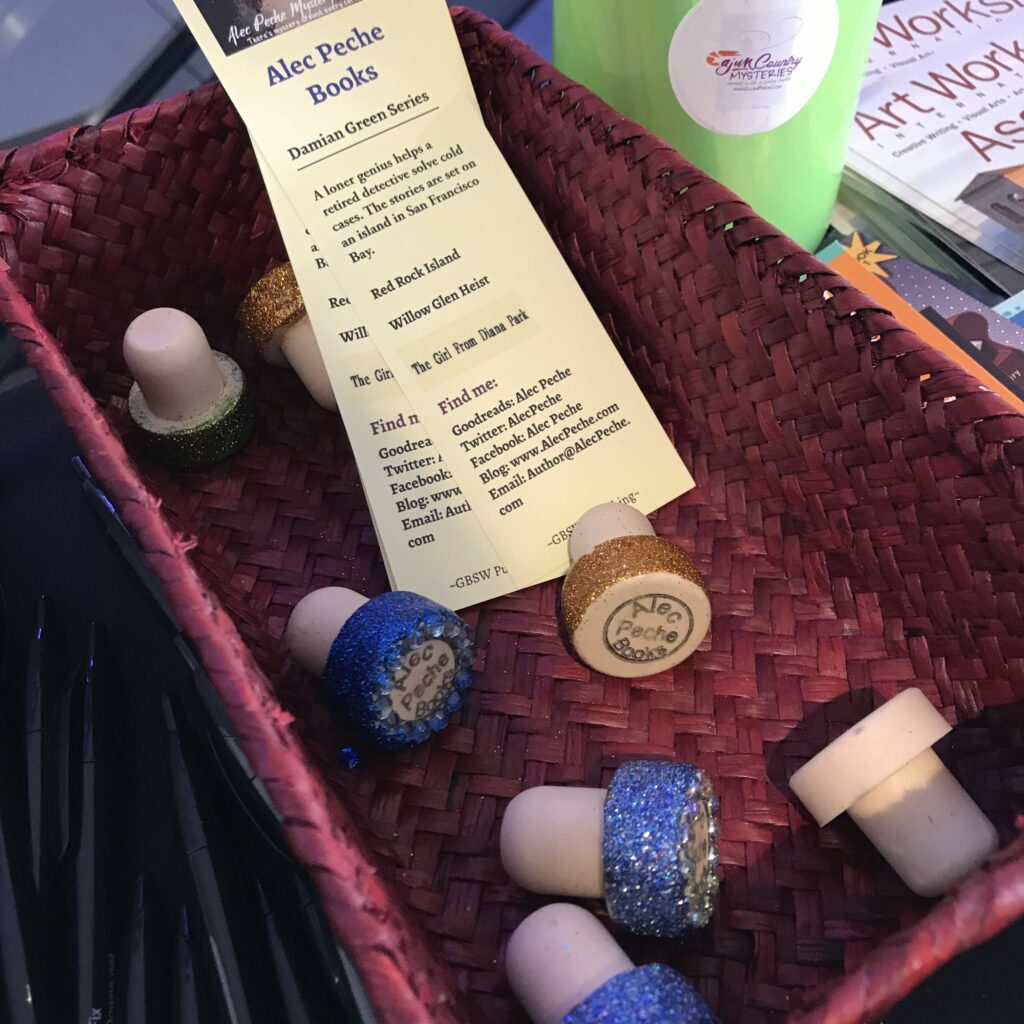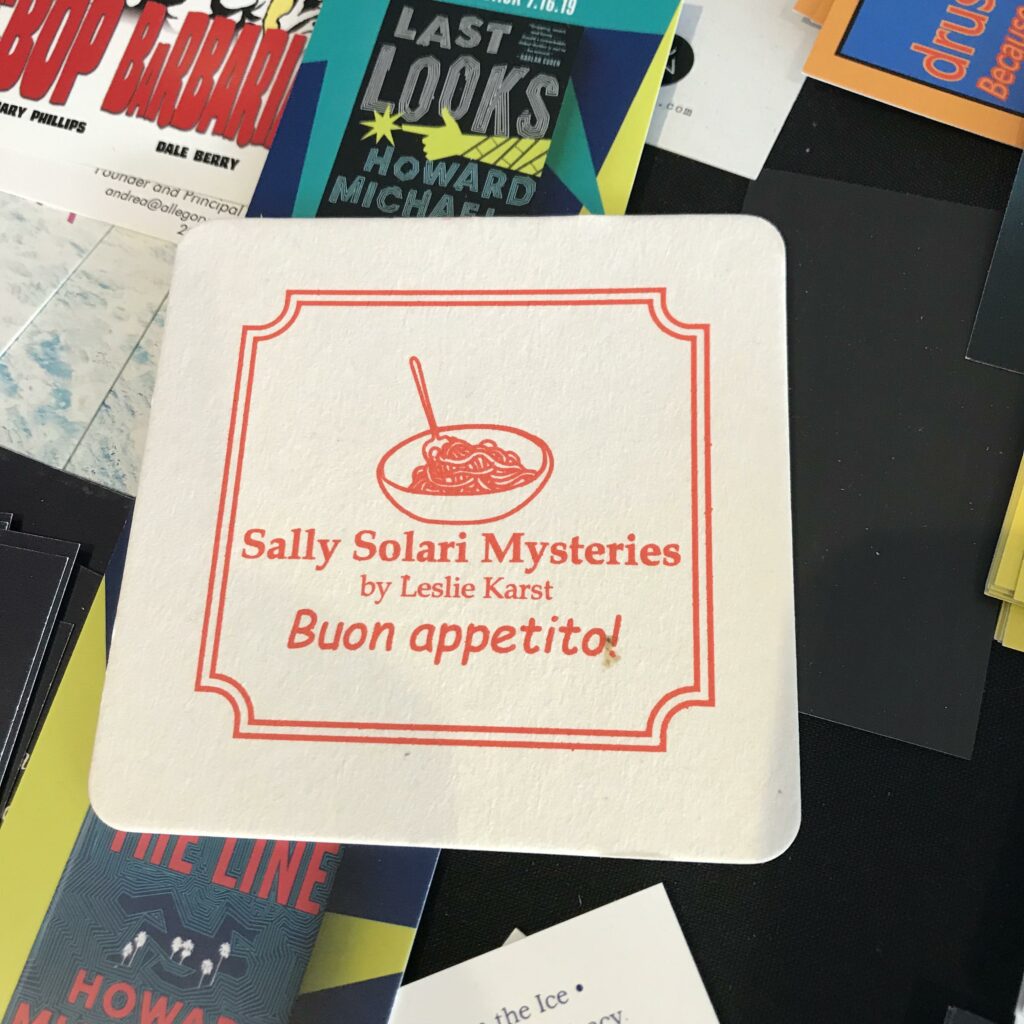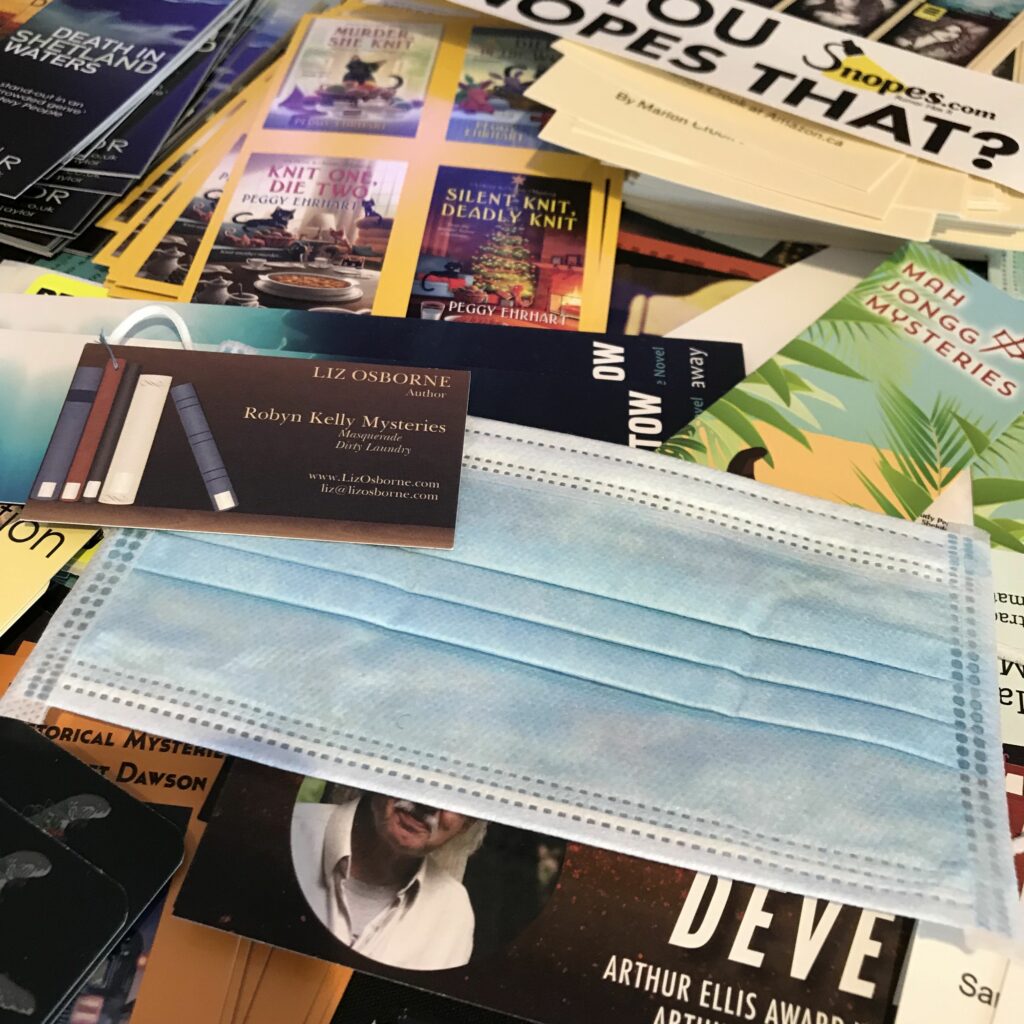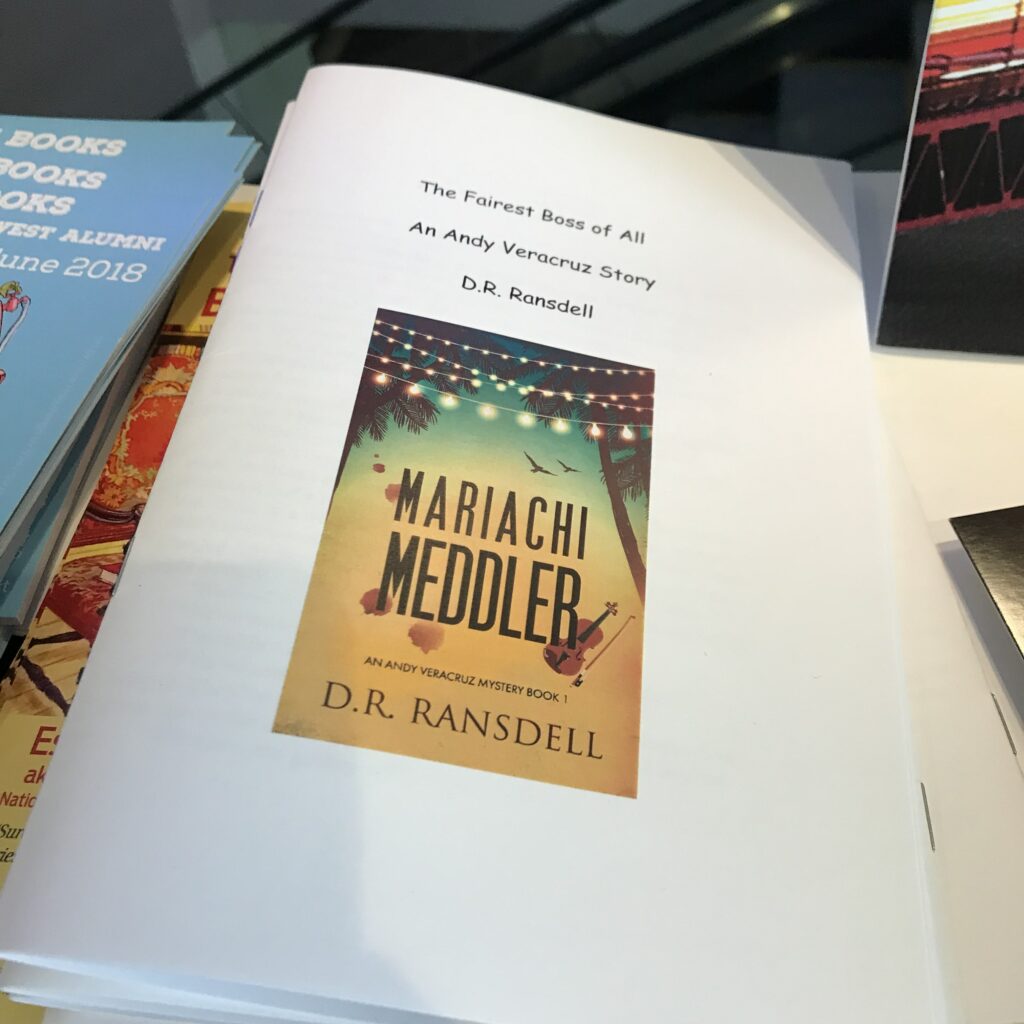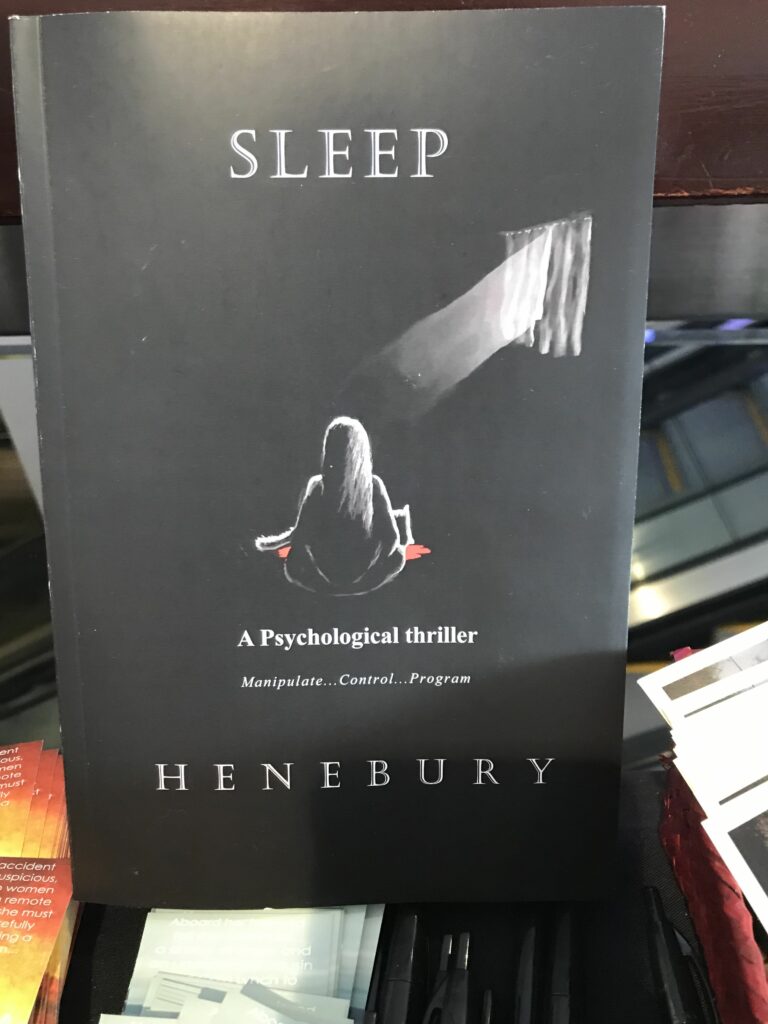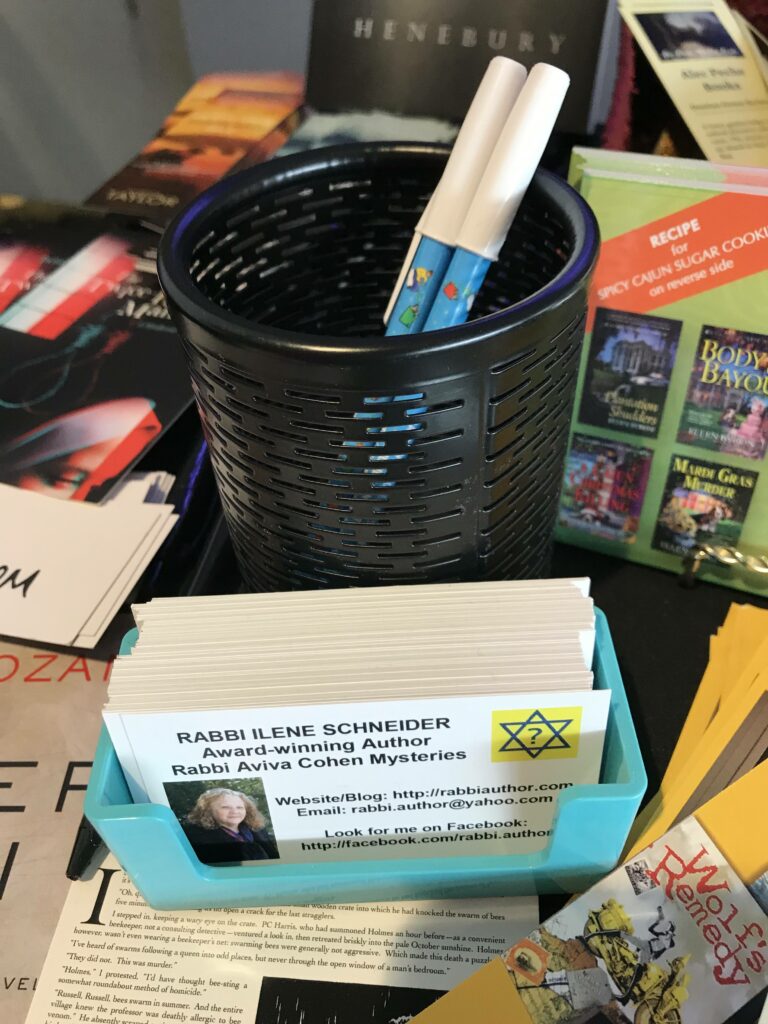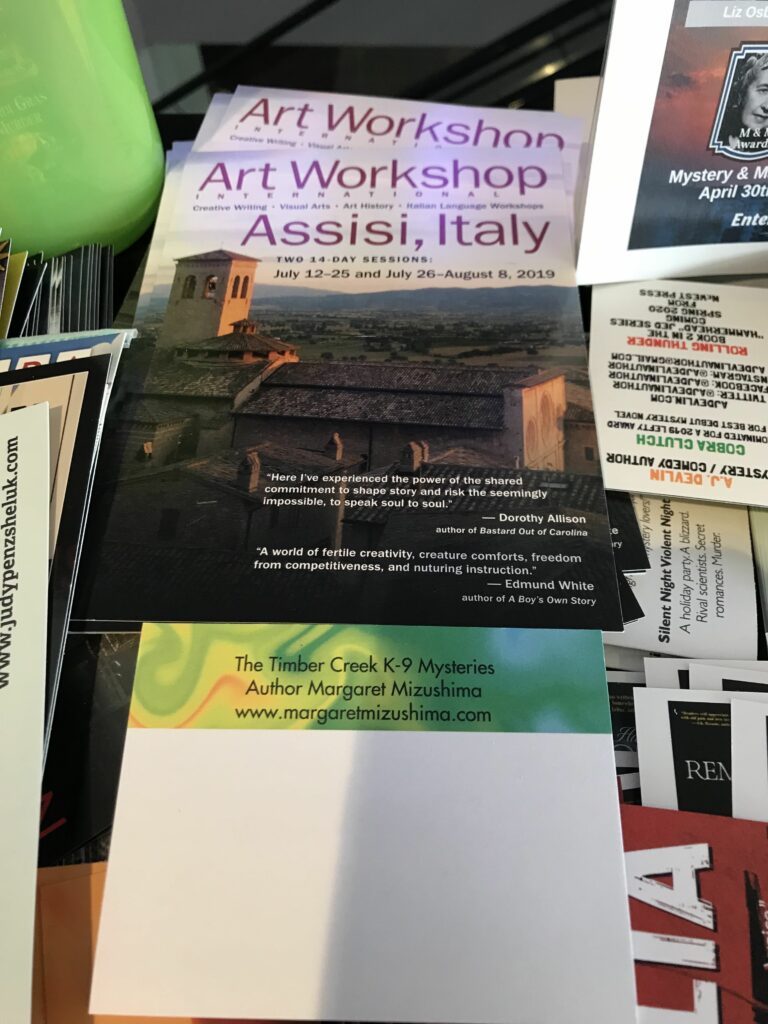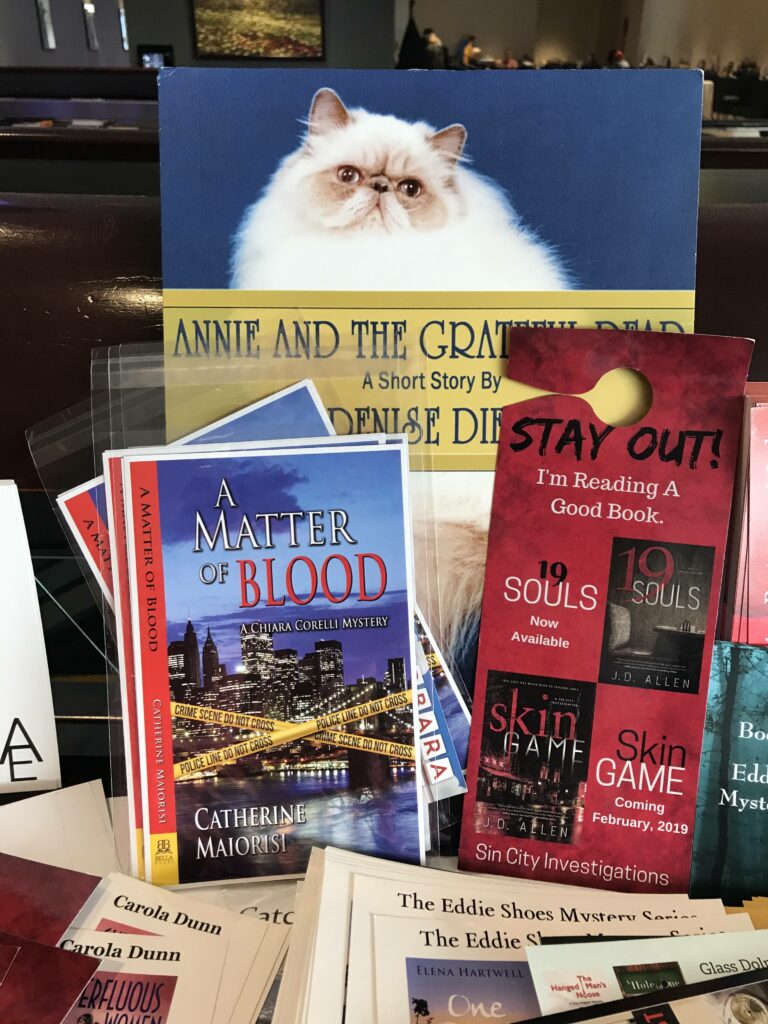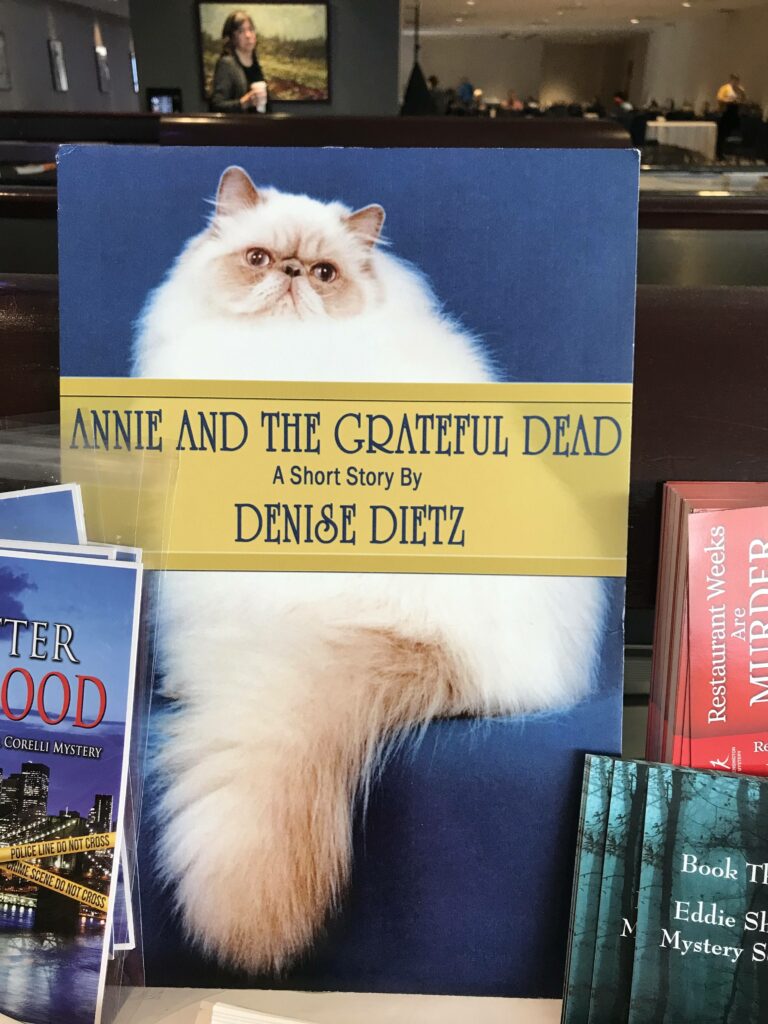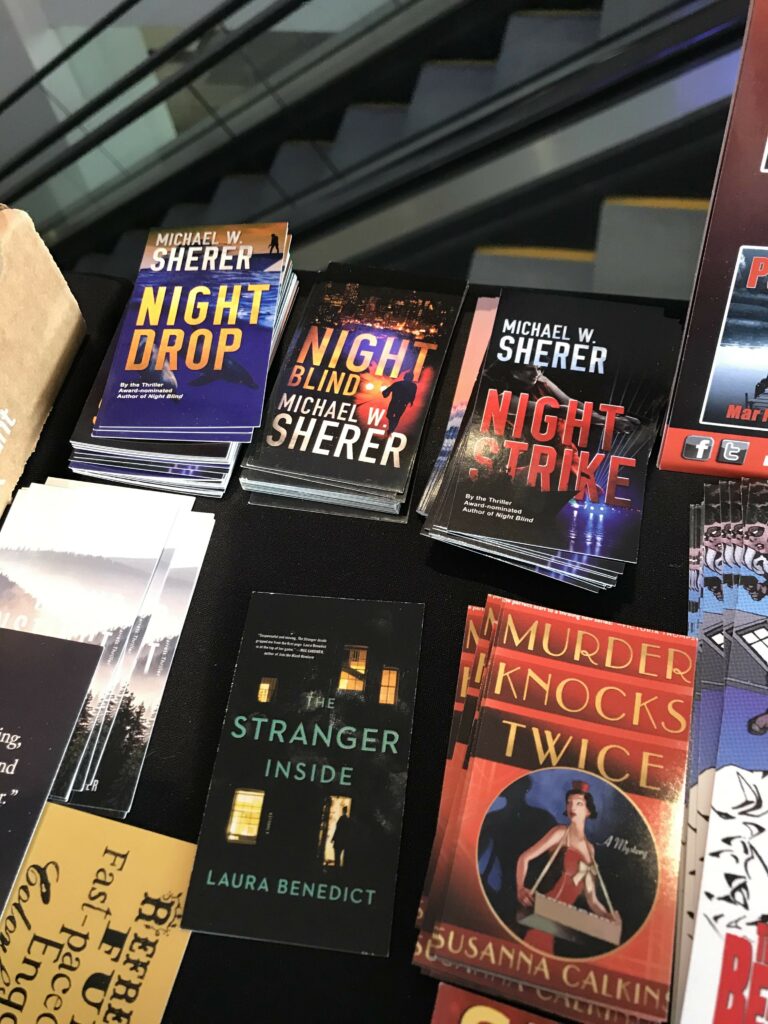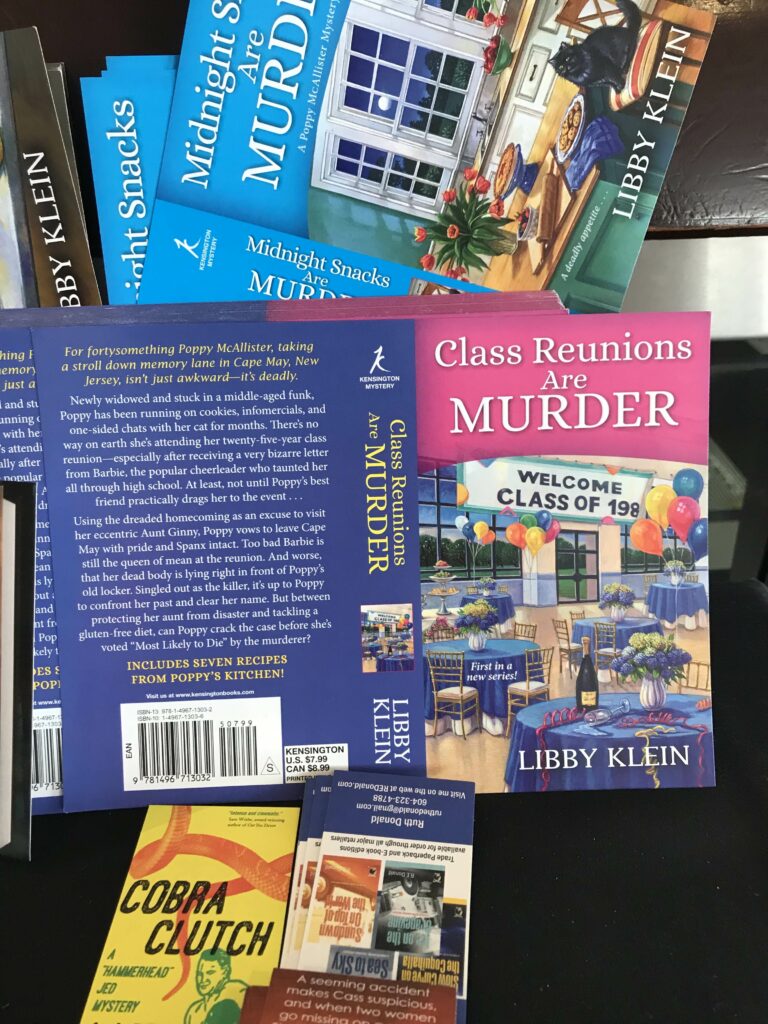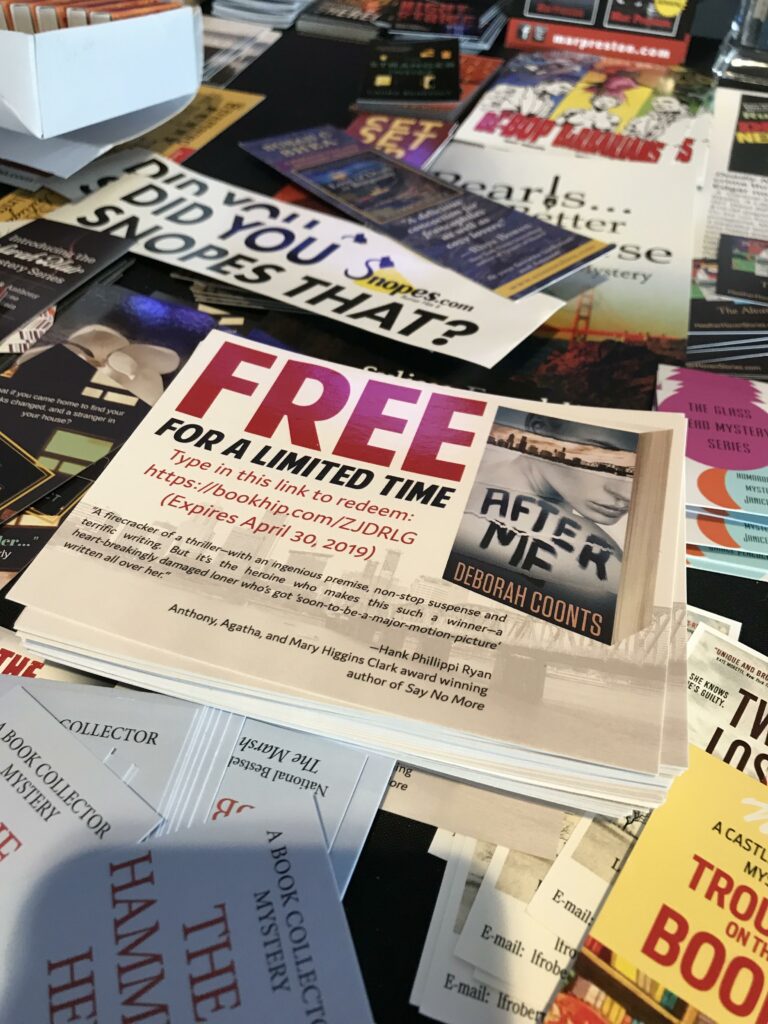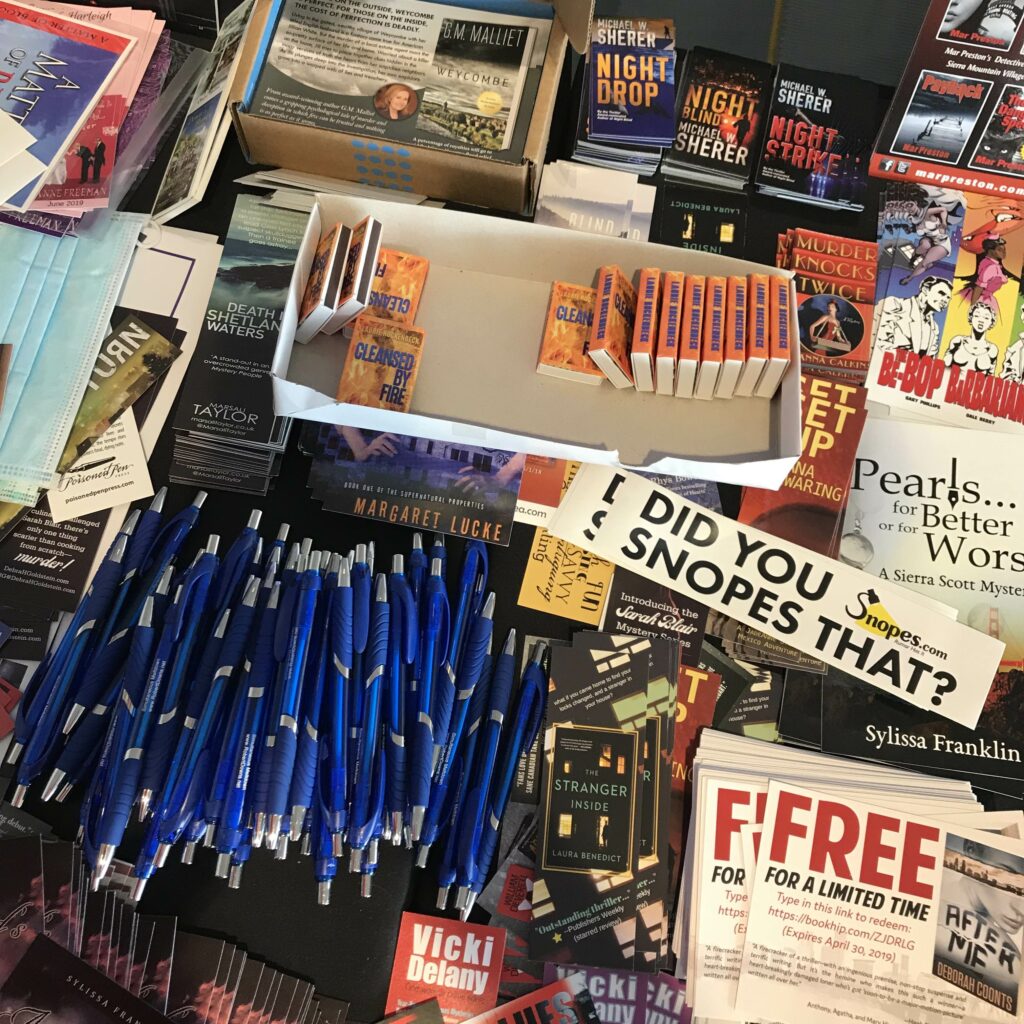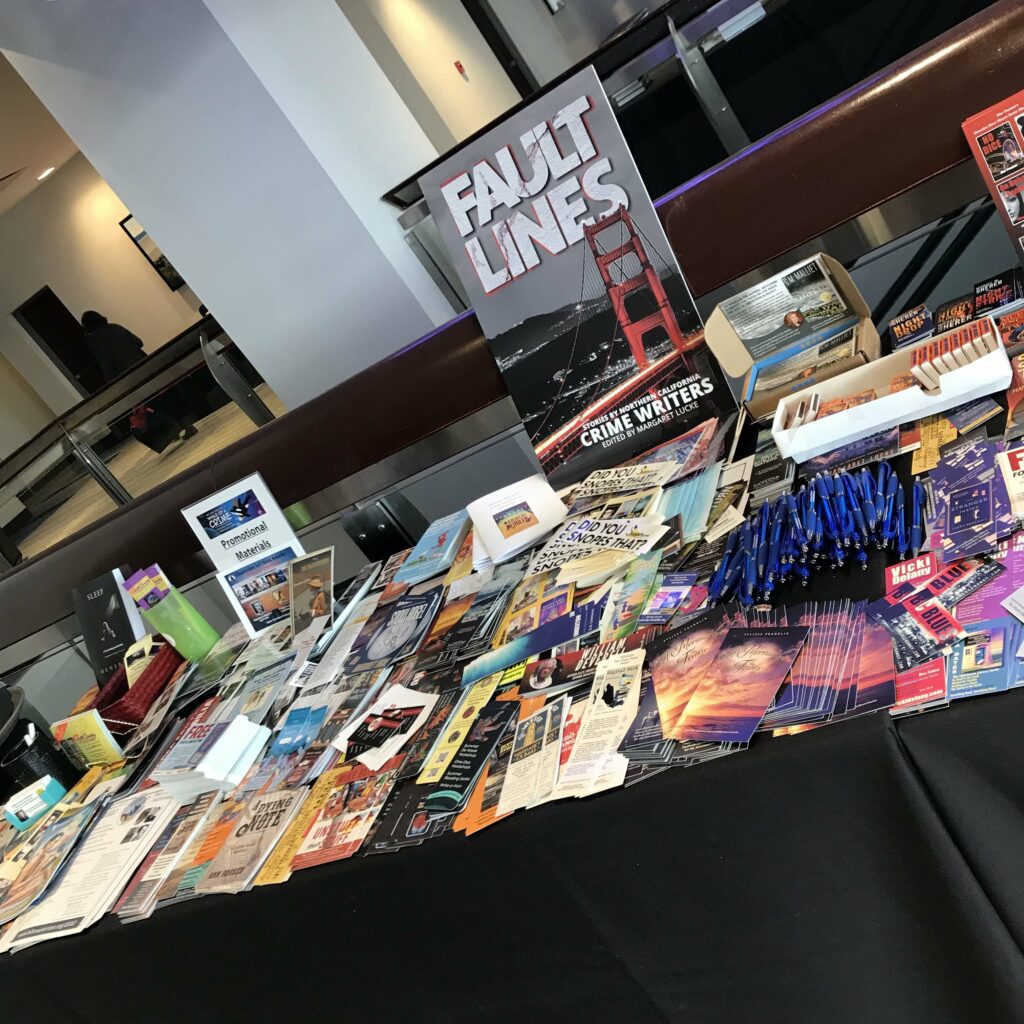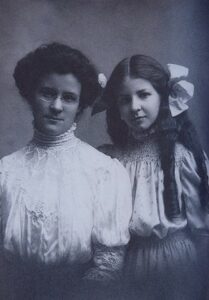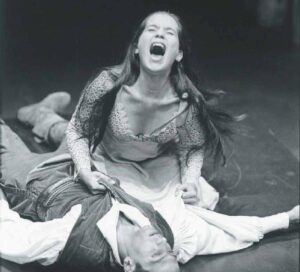By PJ Parrish
We’re heading into dark territory with today’ s First Page Critique. Literally. This submission gives us an object lesson on spare writing technique — when to leave things out to rev up suspense but also when to ask yourself if you’ve left the reader too much in the dark. Thanks, writer, for submitting your baby for scrutiny. We all learn when you do.
Absence Of Light
Even as I stand here, drawing in the shallow breaths of apprehension. I have no idea how I have arrived here. Not this place per se, but rather the circumstance I now find myself in.
I am told “you’ve been processed, Dr. Davids, I’ll escort you from this point. We’re goin’ straight through those doors.”
After shuffling a short way down the corridor with my hands bound, the young man in a neatly pressed uniform then announces from behind me, “Here.” In front of me is an impossibly heavy, steel door. It suggests something dangerous has been secured behind it.
Then, clanging of metal upon metal. The door opens. I am prompted to enter by polite but clumsy commentary from my escort, “I just want you to know that I think placing you in here is a bit overkill. Unfortunately, those decisions are well beyond my paygrade. To be honest, I think commander worries you have the capacity to be some kinda escape artist maybe like special forces agents or terrorists. Sorry. Probably shouldn’t ‘ve said that. You’re not, like, a terrorist, right? Of course not.” He laughs nervously.
“No worries,” I reply.
“You’re not gonna cry, are you?”
His question surprises me because I feel absolutely stoic. “No. I’m not. I’m not sad. I’m in agreement with the commander. This is where I should be.”
“Really?” he asks. I study his facial expressions as he frees my hands.
“Yea. Really.” I try to gently feign a slight, cordial, smile and then offer a plausible explanation since I’m still processing this myself, “Among all of my finer traits that you’ve been informed of, apparently, I’m also hormicidal. Maybe possessed? I don’t know. I became another person. It definitely wasn’t me. I mean it was me, but it wasn’t.”
Silent awkwardness hangs in the air for a moment as he considers my response. He then says, “Look, uh, I’m not involved with the investigation or anything, so I’m not acquainted with all the details, but I think you’re probably being too hard on yourself. You know, things can happen. Anything you need before I leave?”
“No. Just. Tell me your name?”
“MP Jones. Oh and, um, do you want the light on or off? I’m just askin’ because most people who’ve never experienced a solitary type situation – well, having the light on sorta helps’em adjust- you know, to the space and all.”
“On.”
______________________________
There is much to like about this submission. We are thrust right into what appears to be a dangerous situation for the protagonist. (I assume Dr, Davids is such). Which is always a good thing. The writer has the basics down (how to structure dialogue, establish point of view). There is some deft “showing” rather than “telling,” but maybe a couple lapses in the other direction. There is a voice at work here in that this writer has a definite narrative style.
First, let’s talk about the entry moment. In yesterday’s First Page Critique by Sue, I wondered if the writer could have found a more compelling point for starting the story. We don’t have that issue here. This writer has chosen a dramatic moment — a bound man is being marched into a cell (or worse!). He is apprehensive but stoic. There is a suggestion he himself is dangerous, crazy, or at least canny enough to escape. I was intrigued. I want to know more. So kudos, writer, on finding a good door into your story.
Now let’s consider the tone and voice. The protagonist’s thoughts and dialogue have a cool, almost academic tone. We are firmly in the protag’s point of view, but it has a vaguely old-school feel to it, like something out of a Graham Greene opening –detached, erudite, self-aware. It reminded me a little of Eric Ambler or maybe Ian Rankin’s Inspector Rebus books. I don’t dislike this. I think it’s a nice change from much of today’s choppy neo-noir with their monosyllabic heroes. I wonder if this “reads” a tad old-fashioned for today’s market. I think goes more to the issue of taste.
I also like the way the writer imparts important information about the prisoner and the surroundings. He/she does not TELL us the prisoner is a doctor or even his name; it is dropped in the dialogue: “You’ve been processed, Dr. Davids.”
We also get this intriguing detail about the doctor’s character: “Among all of my finer traits that you’ve been informed of, apparently, I’m also hormicidal. Maybe possessed? I don’t know. I became another person. It definitely wasn’t me. I mean it was me, but it wasn’t.” The writer could have given us a narrative graph like: I knew what the guard was thinking, that he had heard the talk about me being homicidal, maybe even possessed. But what he didn’t know was that I myself didn’t know what was wrong with me. No, the writer relates this in DIALOGUE not thoughts — which is a type of action.
Other details that are tossed in deftly: The guard identified himself as MP Jones. Which I think means we’re dealing with military police? Not sure. The place is described in spare but vivid detail — the heavy clanging door, the fact that light here is a luxury. I often take writers to task for not giving enough sense of place. Although I think we could use a little more description here — it would enhance the horror of the place — I get that the writer is going for a spare style. Is this too spare? You all can weigh in.
Another thing to note: I applaud the fact the writer did not feel compelled to tack some lazy place/time tag atop the chapter, like: Abu Ghraib, April 2015. The locale and time period will emerge soon in the narrative, I trust.
A few miscellaneous observations: The guard’s dialogue — the ums…dropped G’s, gonna, kinda, sounds country-hickish. He sounds like a cliche of a small-town jailer. The protag is getting locked in solitary, a place that seems to have experience with terrorists, so I think it would enhance the suspense if the guard was more military in demeanor, as crisp in his speech as his uniform. He can still tell the prisoner what he thinks, but perhaps in a less cliched way. Remember the Nazi guard who kept locking up Steve McQueen in The Great Escape? He never said a word, but he had a memorably stern, don’t-mess-with-me, slightly bemused countenance. Creating something idiosyncratic about this guard would really add a nice side character if the guard comes and goes through the story. Even if he doesn’t, don’t make even your minor spear-carriers cliches.
I’m going to go to blue-line edits for the rest of my comments:
Absence Of Light decent title. It’s a riff on the myriad quotes about absence of light being the definition of evil but it works on a second level for the literal situation the protag finds himself in. All good titles work on multiple levels.
Even as I stand here, drawing in the shallow breaths of apprehension. I have no idea how I have arrived here. I think we are missing a comma here? Writer: Be careful to proof your work. Not this place per se, this might annoy some but I think it helps establishes the narrator’s tone but rather the circumstance I now find myself in. I like the restraint of this opening graph.
I am told “you’ve been processed, Dr. Davids, I’ll escort you from this point. We’re goin’ straight through those doors.” Not sure I like the passive “I am told…” Why not just have the guard say it? And maybe Dr. Davids has a thought about that chilling phrase “processed” in reaction, some details about what that was like? You could do more with that to amp up the tension.
After shuffling a short way down the corridor with my hands bound, Here’s a spot where we need more detail. Bound by what? Rope suggests something different than handcuffs. Why is he shuffling? Is he shackled? I assumed he was. You might be missing small chances to increase the drama. the young man in a neatly pressed uniform then announces from behind me, “Here.” In front of me is an impossibly heavy, steel door. It suggests something dangerous has been secured behind it. This line feels portentous at first but it’s really just obtuse. He is obviously going into a cell of some kind. Every prison has a heavy metal door so what it is about this that signifies “something dangerous” behind it? And why the verb “secured?” Not sure that makes sense. Because I like this submission, I am asking that the writer work harder at being precise. I think you can do better.
Then, clanging of metal upon metal. Good use of deep POV here. The writer could have said, “I heard the clanging of the door opening” but did not. The door opens. I am prompted to enter by polite but clumsy commentary from my escort, Again, this stilted construction goes to the cerebral tone of the narrator/prisoner. I don’t dislike it. “I just want you to know that I think placing you in here is a bit overkill. Unfortunately, those decisions are well beyond my paygrade. To be honest, I think commander worries you have the capacity to be some kinda escape artist maybe like special forces agents or terrorists. Nice way of dropping some intriguing detail in dialogue. Sorry. Probably shouldn’t ‘ve said that. You’re not, like, a terrorist, right? Of course not.” He laughs nervously. Now, the writer is being purposely vague about what KIND of facility we are in here, maybe to be point of being coy. But why withhold clarity? Why would the guard be nervous? Can’t the reader be given a little more detail? Are we in an Alabama jailhouse or a military prison? We need a little more grounding, I think.
“No worries,” I reply.
“You’re not gonna cry, are you?” I like this line but I think it could be more precise. It suggests that the guard has seen others before him break down. But I wonder if “cry” is the right word. If Dr. Davids is about to enter a really bad place and he knows it, would he cry? I doubt it. What kind of reaction would this place elicit from a “stoic” man?
His question surprises me because I feel absolutely stoic. At first, I thought this was at odds with the “apprehension” remark of the first graph but it’s correct usage. Stoic means the ability to withstand or hide pain. “No. I’m not. I’m not sad. Why would he be sad? Terrified maybe, but sad? I’m in agreement with the commander. This is where I should be.” Another good tidbit!
“Really?” he asks. I study his facial expressions as he frees my hands. of what?
“Yea. Really.” I try to gently feign a slight, cordial, smile and then offer a plausible explanation since I’m still processing this myself, “Among all of my finer traits that you’ve been informed of, apparently, I’m also hormicidal. Proof your work! Maybe possessed? I don’t know. I became another person Again, less is more. The use of pass tense here is a choice by the writer. It implies this man has a bad past without spilling the beans too early about what happened. It definitely wasn’t me. I mean it was me, but it wasn’t.”
Silent awkwardness hangs in the air for a moment as he considers my response. He then says, “Look, uh, I’m not involved with the investigation or anything, so I’m not acquainted with all the details, but I think you’re probably being too hard on yourself. You know, things can happen. Anything you need before I leave?”
“No. Just. Just…tell me your name?”
“MP Jones. Oh and, um, do you want the light on or off? I liked this line on first reading because it is, on its face, intriguing. But when you think about it, does it make sense? Does any prisoner in such a dire place want the lights out? I’m just askin’ because most people who’ve never experienced a solitary type situation – well, having the light on sorta helps’em adjust- you know, to the space and all.”
“On.” There is something anemic, almost puny, about this response. Given the title, we’re entering a world of light/dark, goodness/evil. Light, I think, stands for something in this story. So some kind of thought, however brief, from Dr. Davids about the importance of light might really add some meat here. Especially since the writer has given us very little emotional meat from the character himself. UNLESS…Dr. David is the bad guy and we won’t meet our true hero until chapter 2 or later. Hard to tell in 400 words. If Dr. Davids is a black hat, a thought about the absence of light is almost essential. We need to start knowing who — or what — we are dealing with here. A villain would have a different thought about an absence of light than a hero might. Think about that…exploit it.
Okay, so in conclusion, I think we are off to a good start here. I want to know more about Dr. Davids and why he has been brought here. (although I do hope we aren’t getting a Hannibal Lecter clone here — cultured homicidal maniac). And because the writing is solid, I am trusting the writer will soon begin fleshing this out so we know where we are, what time period we are in, and what is happening. This is, as the title suggests, all shadows and suggestion right now. Good stuff. But the ultra-spare style of the opening can test the reader’s patience and it can’t sustain an entire story. We need some illumination soon. Good work, writer.









